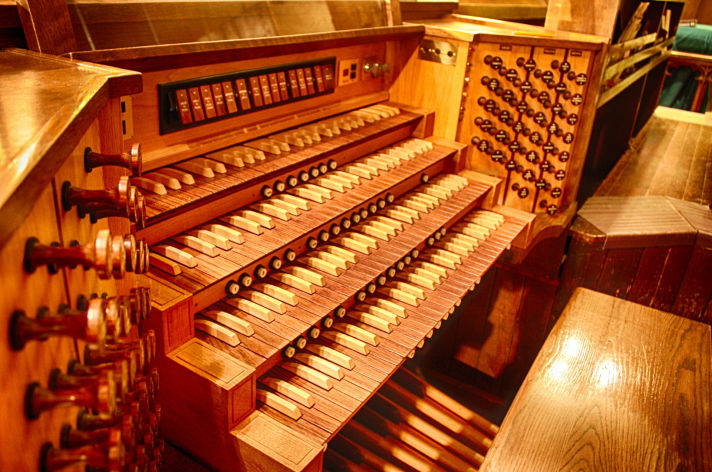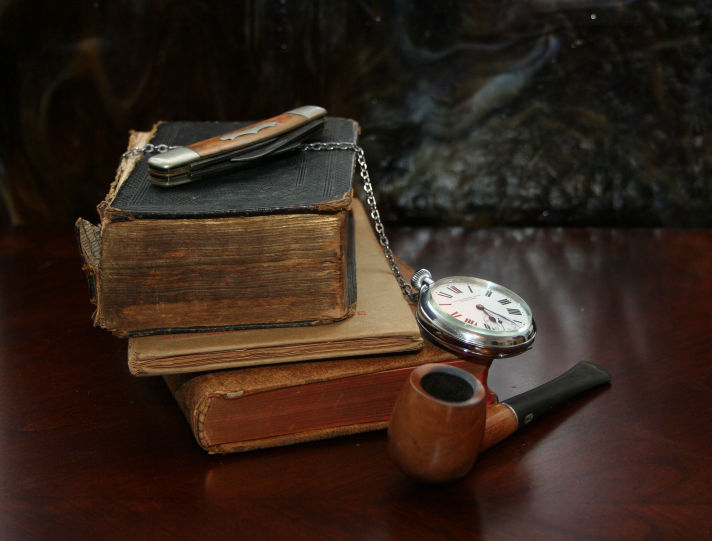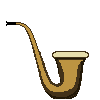On the nature of Briar





Our goal for this web site is to reflect the personality of our club and members while offering fun and interesting pages for both the beginner and seasoned pipe smoker.
A BRIAR Pipe begins as a "Burl" (or growth) on the root system of the White Heath tree, a squat, hearty, shrub-like plant which grows primarily in the dry, arid, rocky wastelands around the Mediterranean Sea. Of all woods, the Briar Burl is unique for making pipes; it's tough, porous, and nearly impervious to heat. Burls for fine quality pipes can often be 50 to 100 years old when harvested for pipemaking.
Once harvested, the Briar burls are cut by skilled craftsmen using large, circular saws to remove the soft and cracked portions, leaving only close-grained, extremely hard Briar wood. The remaining Briar is then rough-cut into small blocks, called "ebauchons," in sizes and shapes suitable for fashioning into standard shape pipes. Some particularly fine grained Briar is left uncut in larger pieces called "plates" which are used for larger freehand pipes.
When harvested, Briar contains considerable moisture, sap, and resin. The ebauchons and plates are boiled in water for several hours to remove much of the sap and resin. This is followed by long periods of drying (up to two years) so that all traces of moisture are moved from the wood. This careful "curing and aging" process is of the utmost importance in bringing out the finest smoking qualities of a briar pipe. It allows the pipe to "breathe," to absorb moisture and oil from the
tobacco, assuring a cool, dry smoke.
Once the curing process is completed, the Briar is ready to be shaped into pipe bowls. A variety of hand and machine operations are necessary to complete this shaping process. Generally, the more handwork that goes into the carving of the pipe, the higher the price. Once the bowls are shaped, they are fitted with mouthpieces or stems (either vulcanite or lucite), hand finished, stained, polished, and waxed. The new pipe is now ready to give many years of smoking enjoyment
by Earlofpipes